Ely and Peterborough Cathedrals
Ely Cathedral rises out of the mists on a small rise that was once an island among the fens. The island had been a place of pilgrimage since 673 CE, when a nunnery was founded. The Normans put up the massive cathedral to show the power of their church (and of the new rulers of England).
The guided tour is the only way to get above ground level, and it was quite interesting in its own right. On the first landing we had a good view of many flags of Britain, threadbare with age.
On the tour I met an awesome woman my age from The Netherlands. When we were atop the cathedral, looking over the surrounding land, she commented that the famed fens of the region looked just like her home and not like anything special. The guide told us that there was good reason for that: Dutch engineers had drained all of the fens, leaving flat stretches of fertile black soil in their place.
Inside the octagon tower were the original wooden beams that had been installed centuries earlier, still strong enough to bear the enormous weight. The tower was added in the 1300s.
The inside of the octagon is open to the cathedral below and is decorated with panels of angel. The angel panels open up for cleaning, giving those above a beautiful, if vertigo-inducing, view of the cathedral below.
Above the angel panels are equally long and thin stained glass windows. A giant chandelier used to be raised up into the tower at night, and the candle light would seem to be floating above nothingness since no other lights would have been seen for miles around. The lantern tower is sometimes lit with electric lights, but it now competes with the lights of the town below.
Ely's roof is covered with fine stone carvings, with grotesques abound. My sort of place.
Ely's entrance had once been composed of three towers. The central tower was added upon, but the architects did not think about the weight of the additional stone and the softness of the fens below, and the tower began to sink. It still stands and is now mostly stable, along with one of its flanking towers, but the tower on the other side was torn apart and is now gone, leaving that face of the cathedral amusingly lopsided.
After the tour I wandered the interior, taking in the fine stonework, and the lattice roof of the giant lady chapel. I gave up on my idea of trying to find eel pie, made with the creatures that give eely Ely its name, and instead spent more time than I intended in town, chatting with the Dutch woman I mentioned in a teahouse that epitomized an outsider's image of proper English tea.
From there I rushed on to Peterborough, which, compared to Ely, I only gave a quick glance.
I was impressed by the massive front facade and the beautiful ceilings, but then I had to (literally) run back to the train station to make my way to York in time to meet with my couchsurf host.
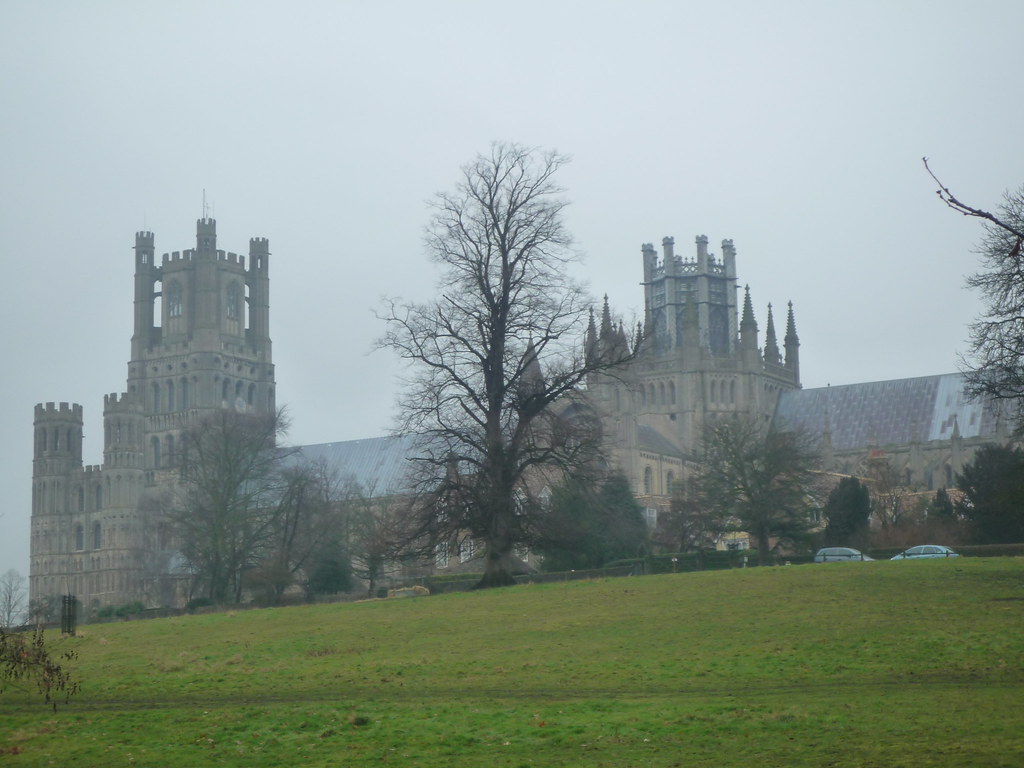
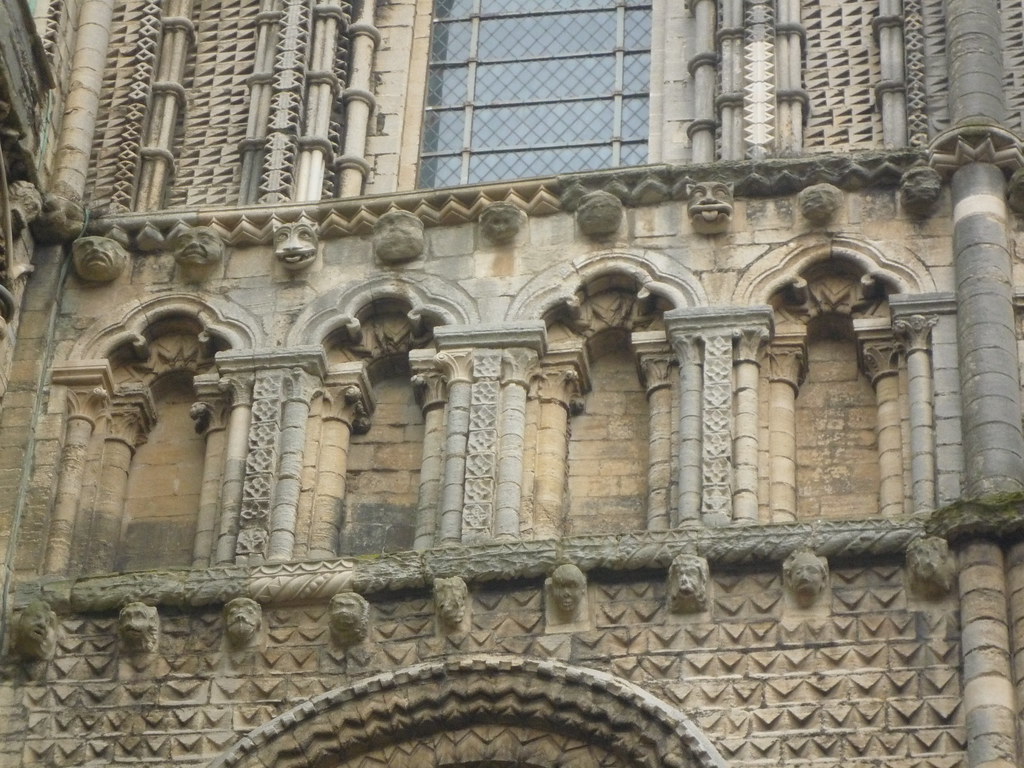

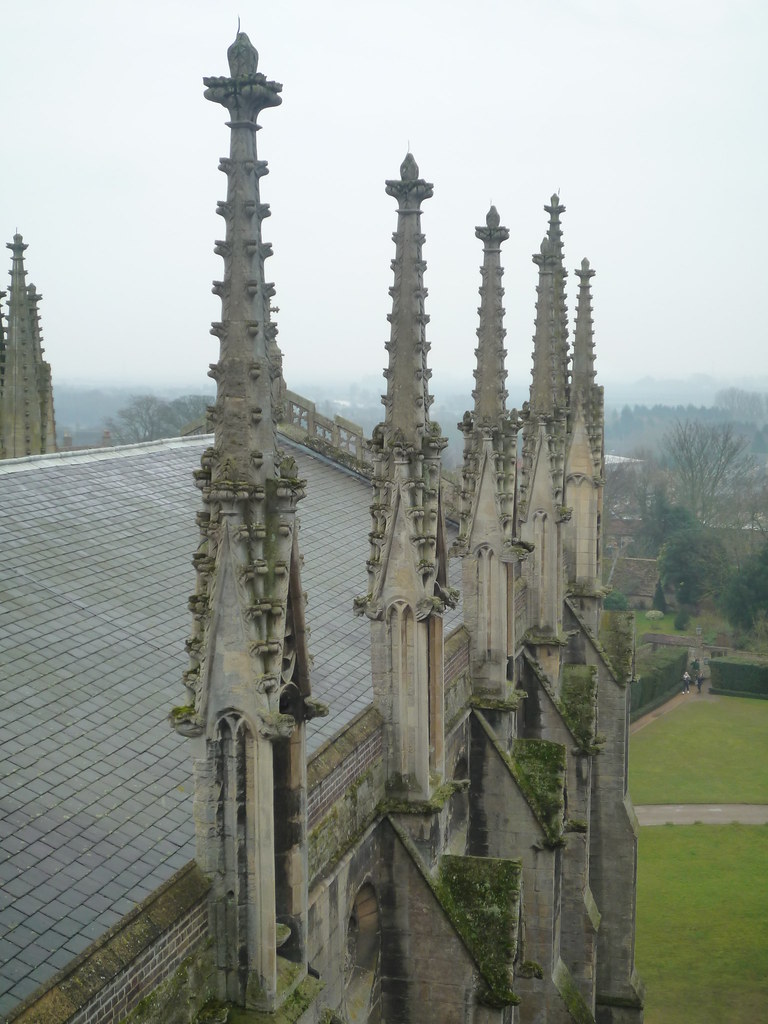
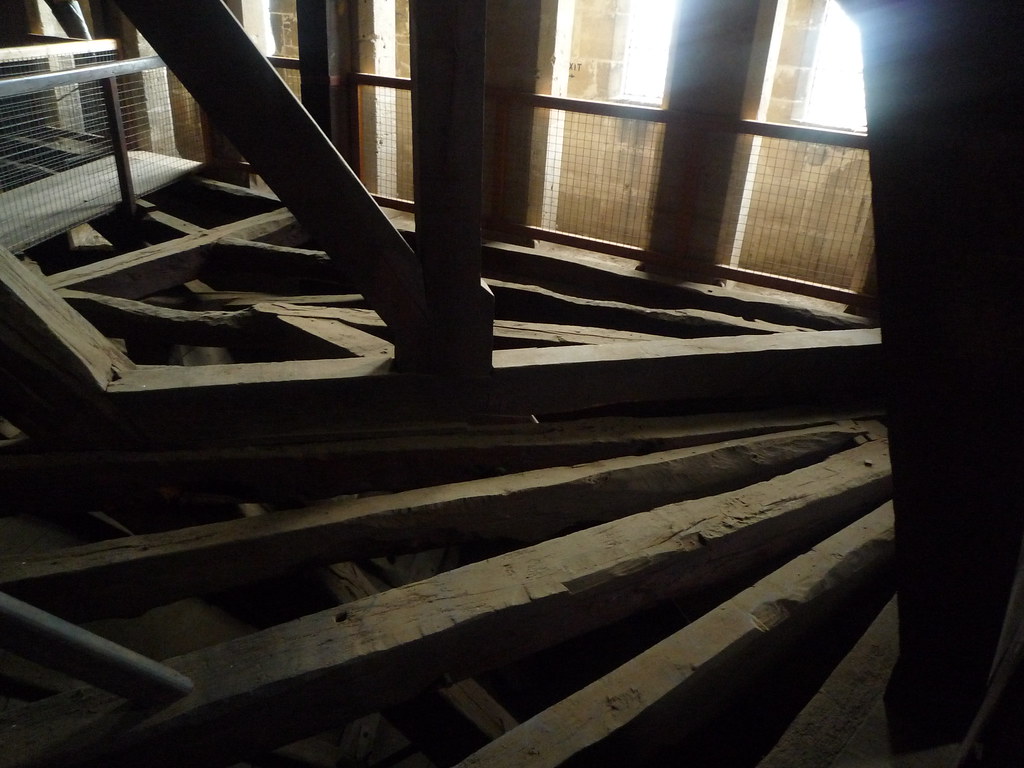
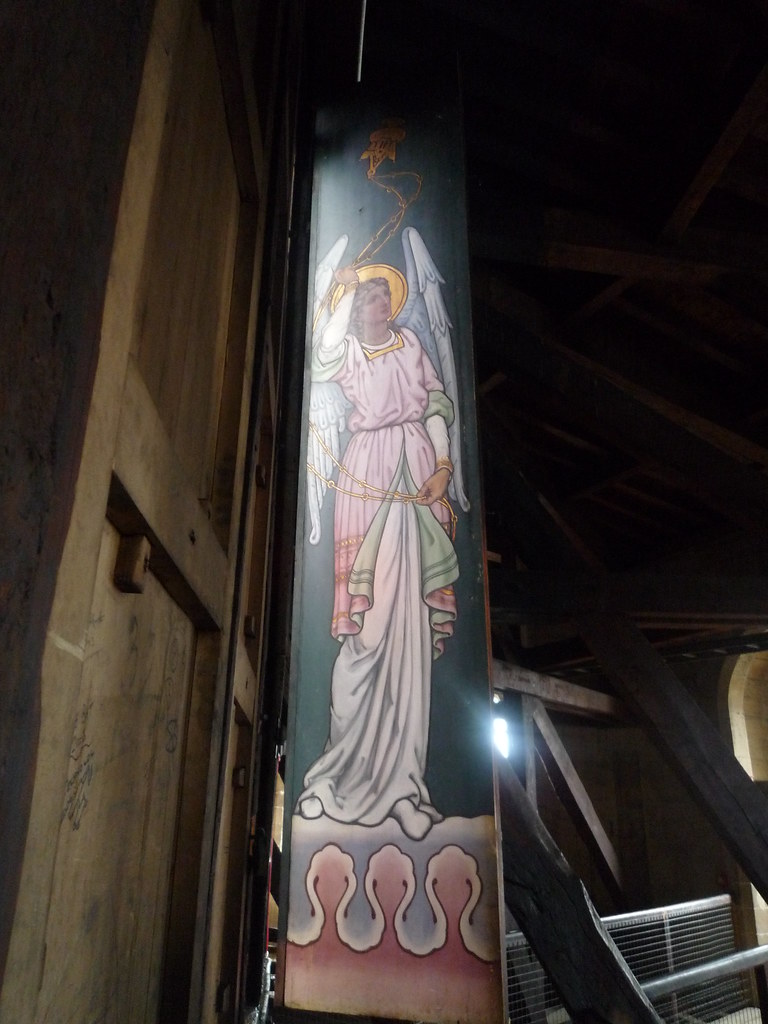
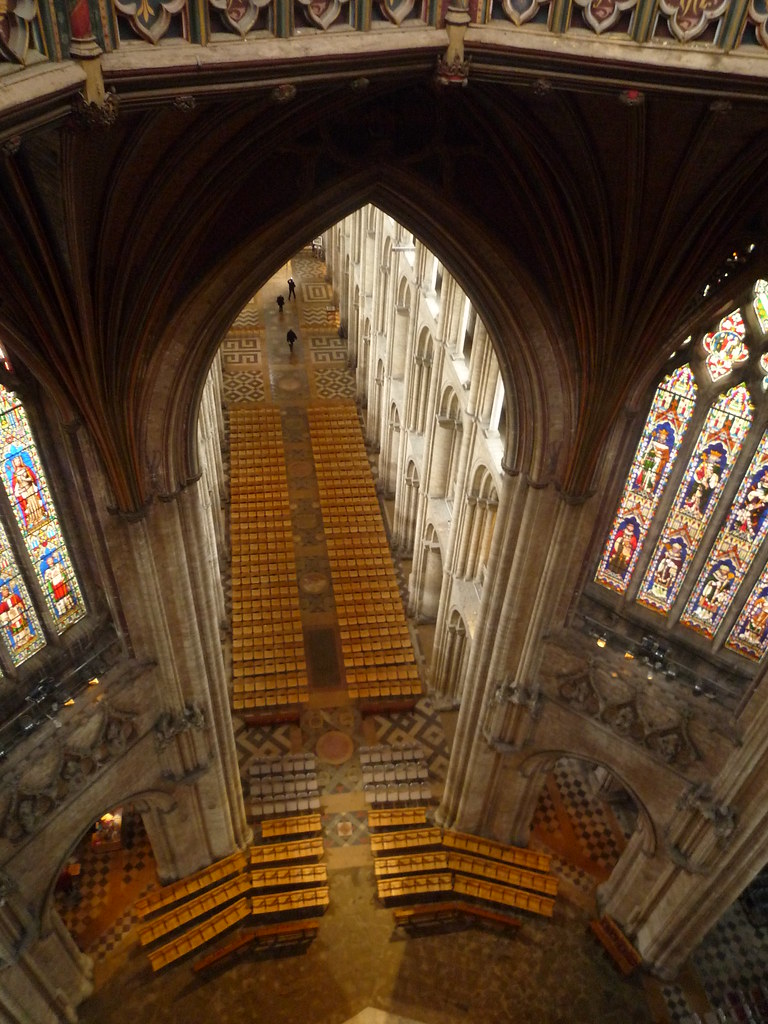
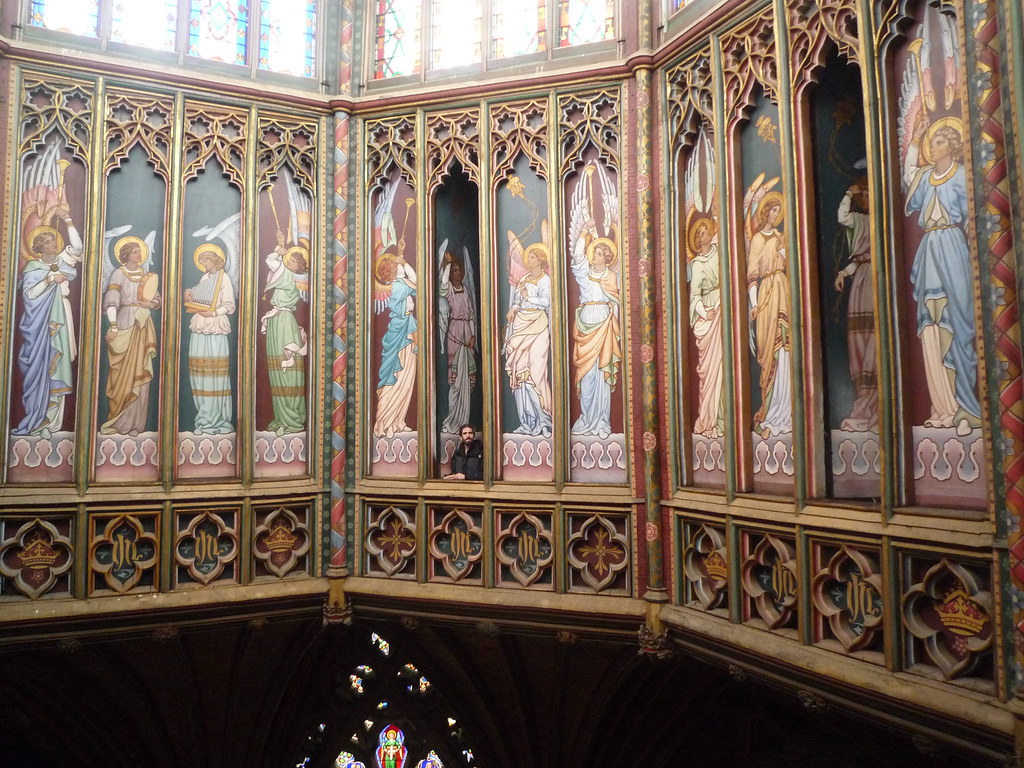
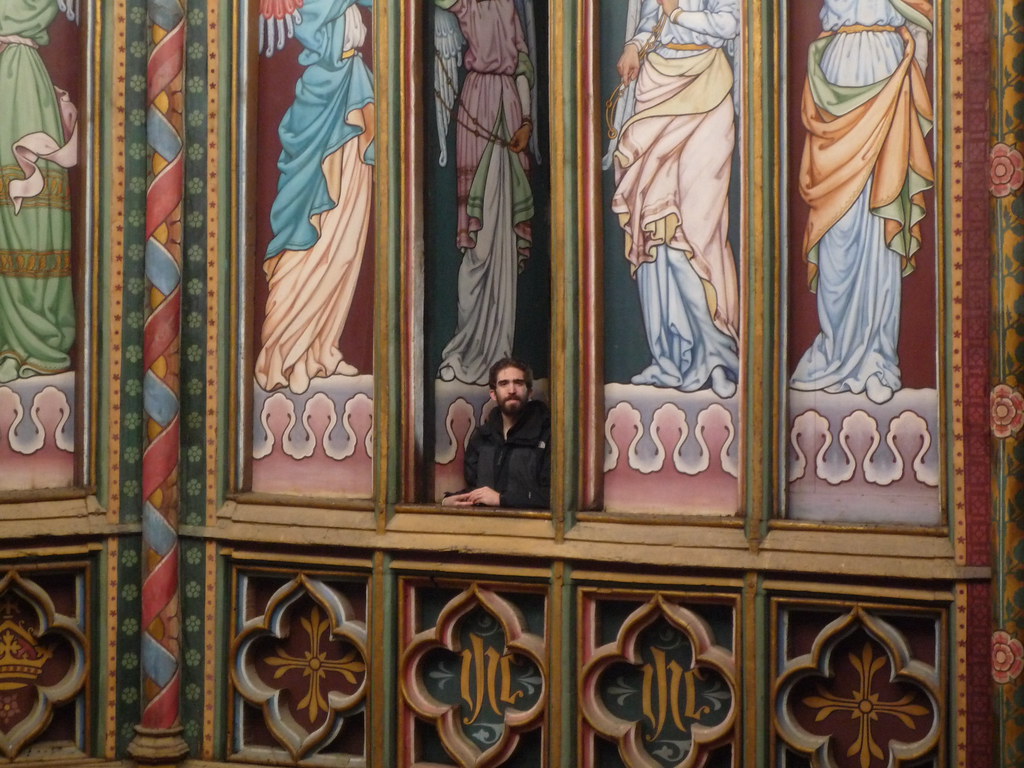
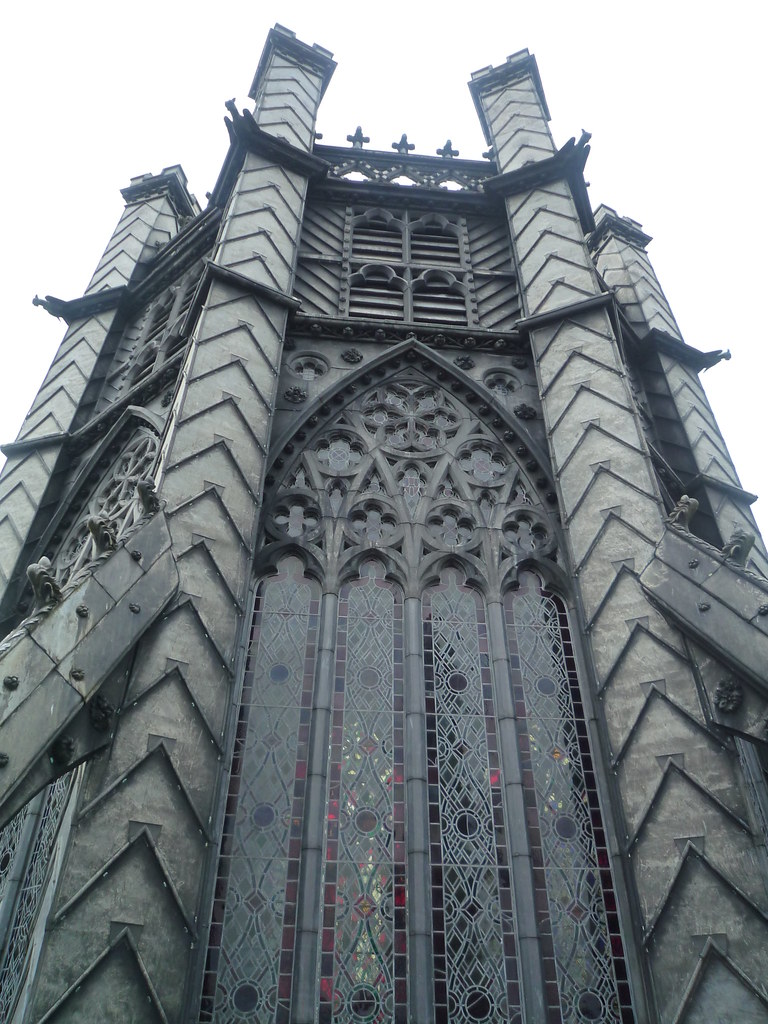
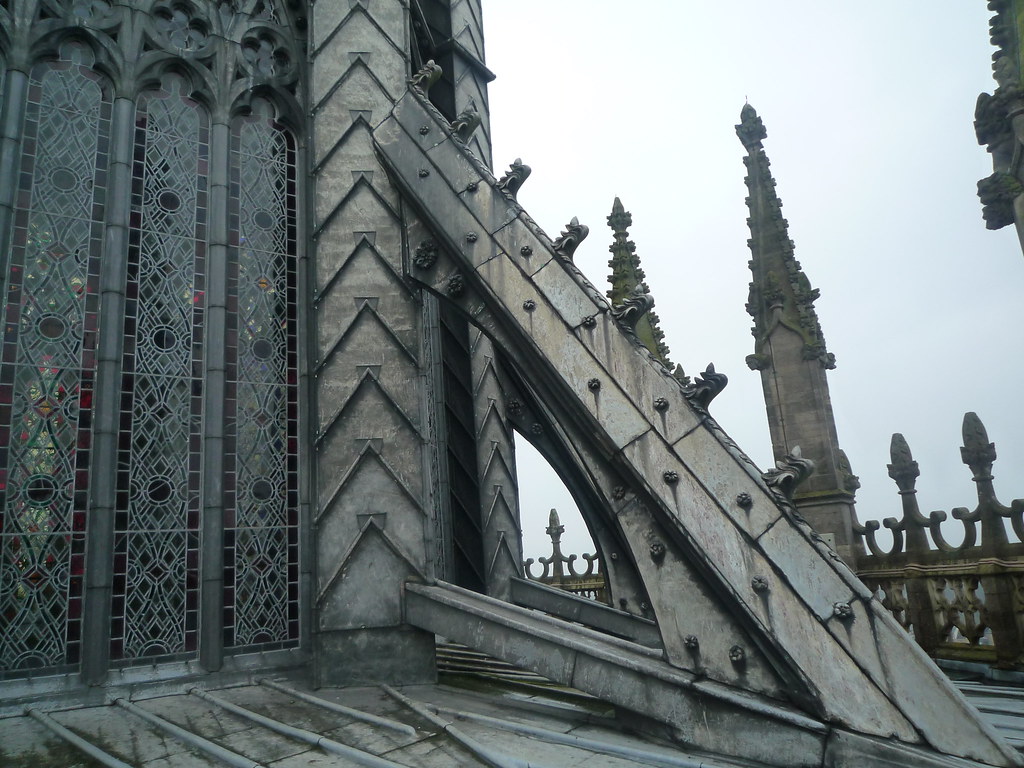
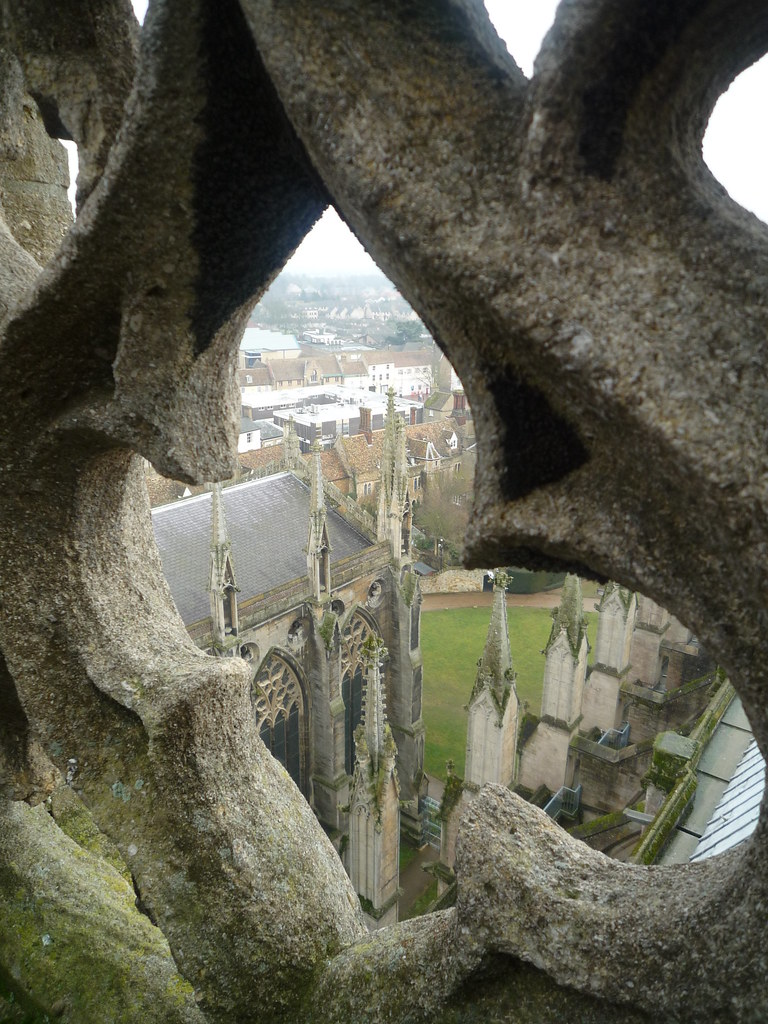
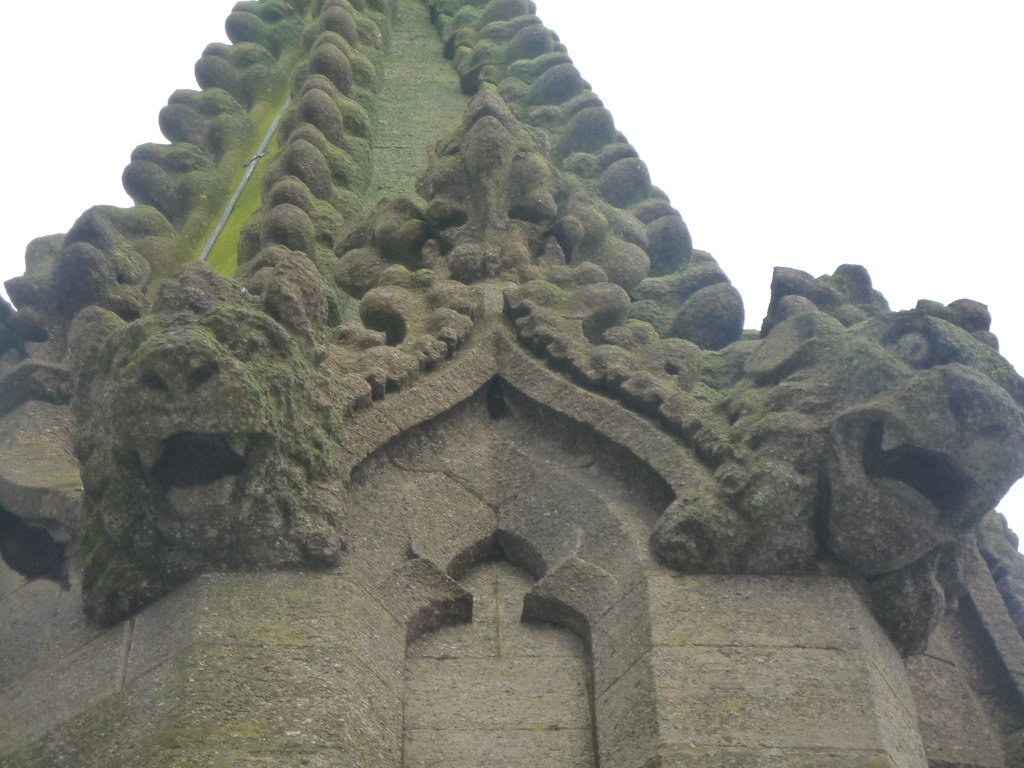
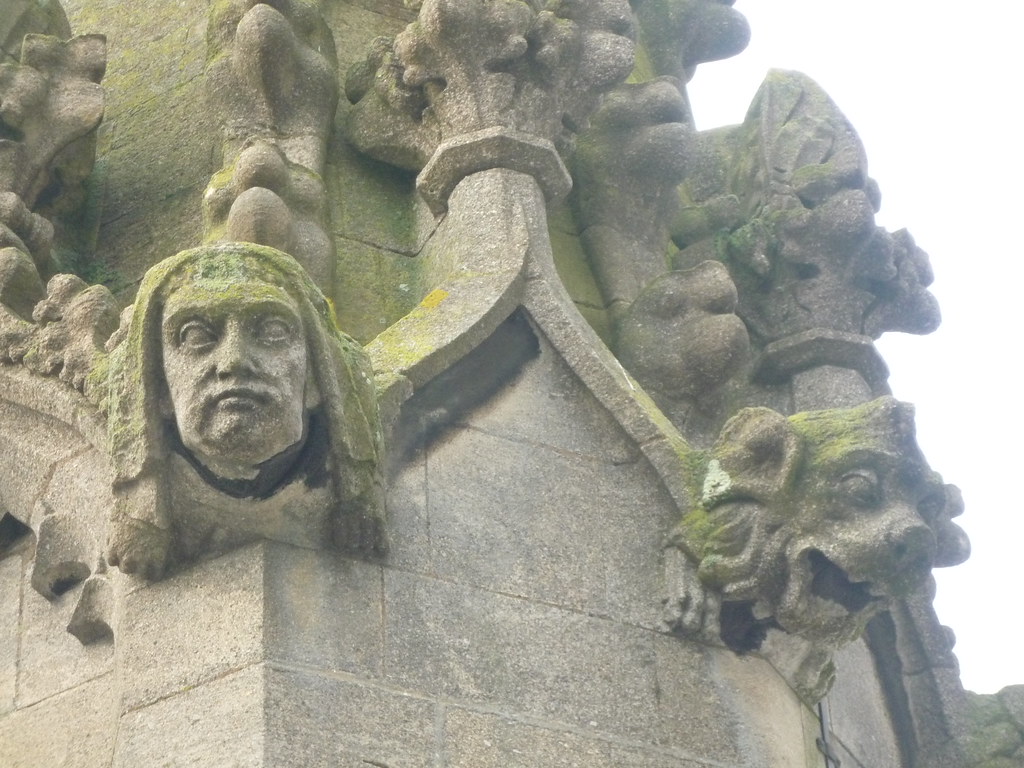
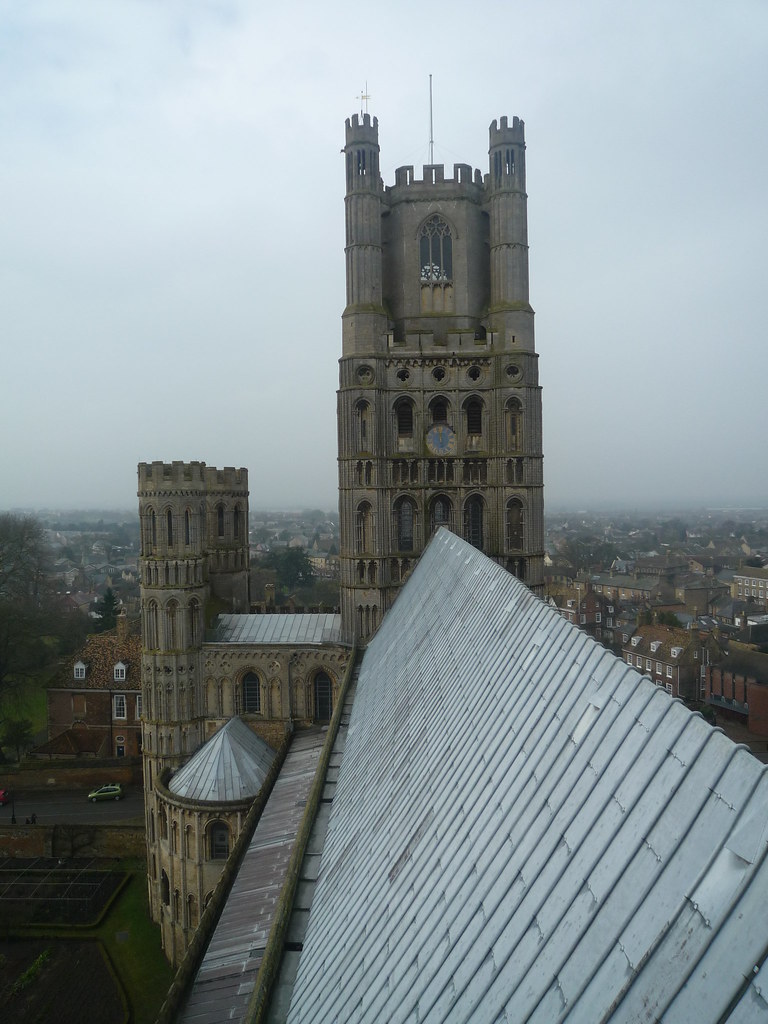
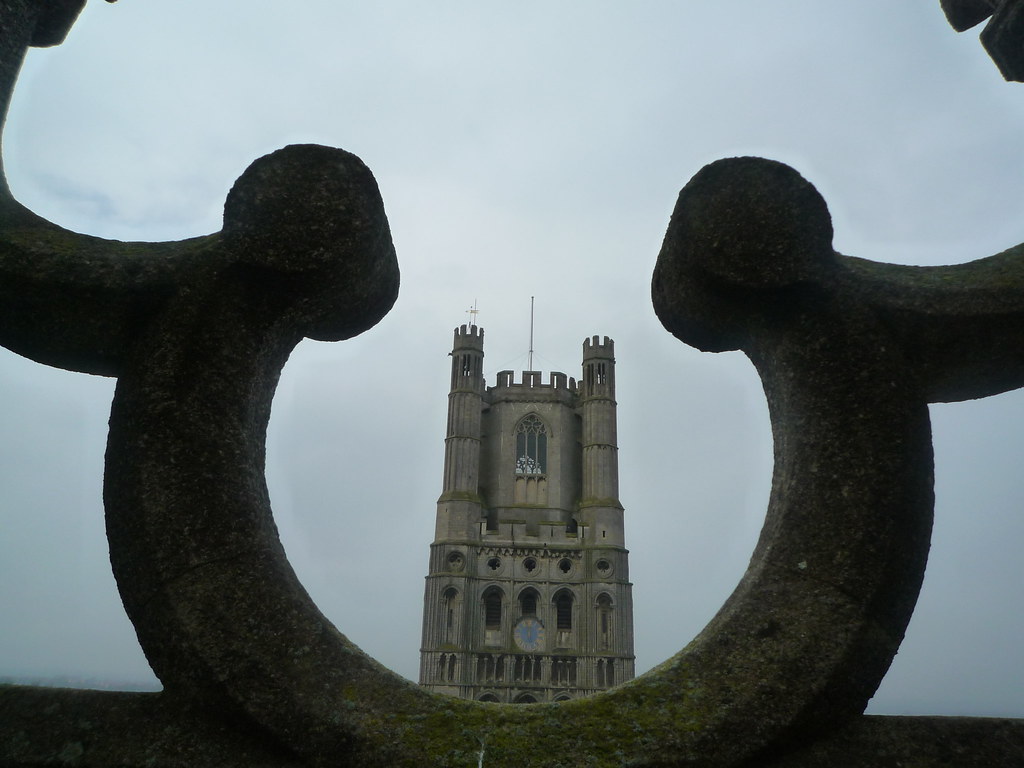
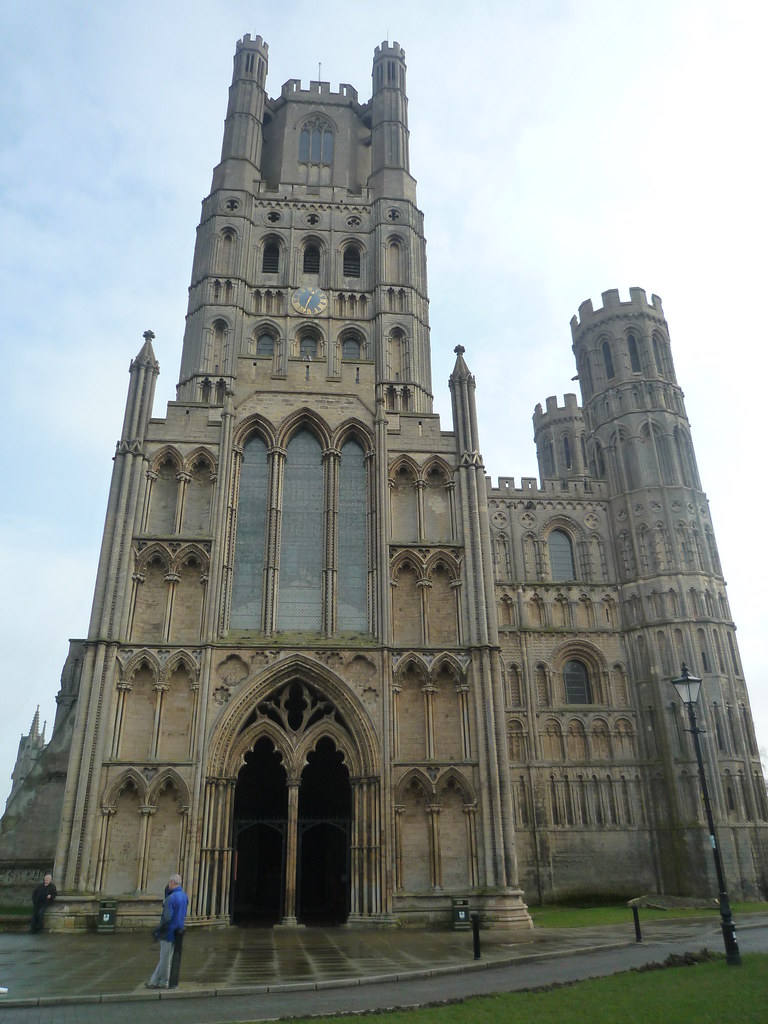
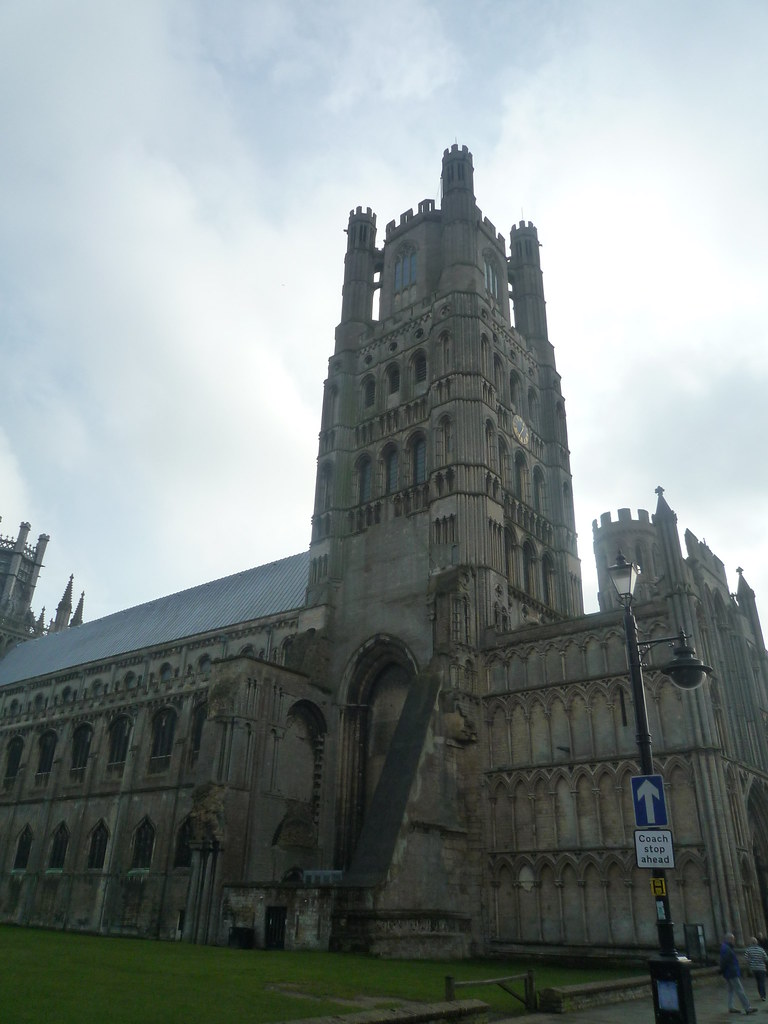
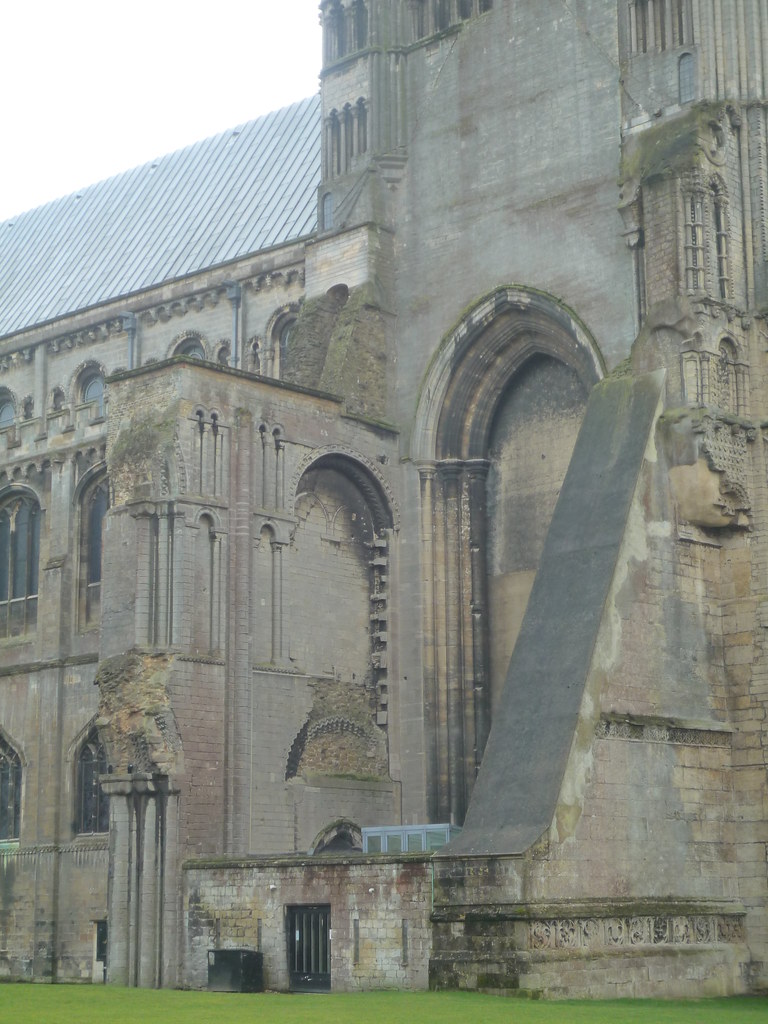
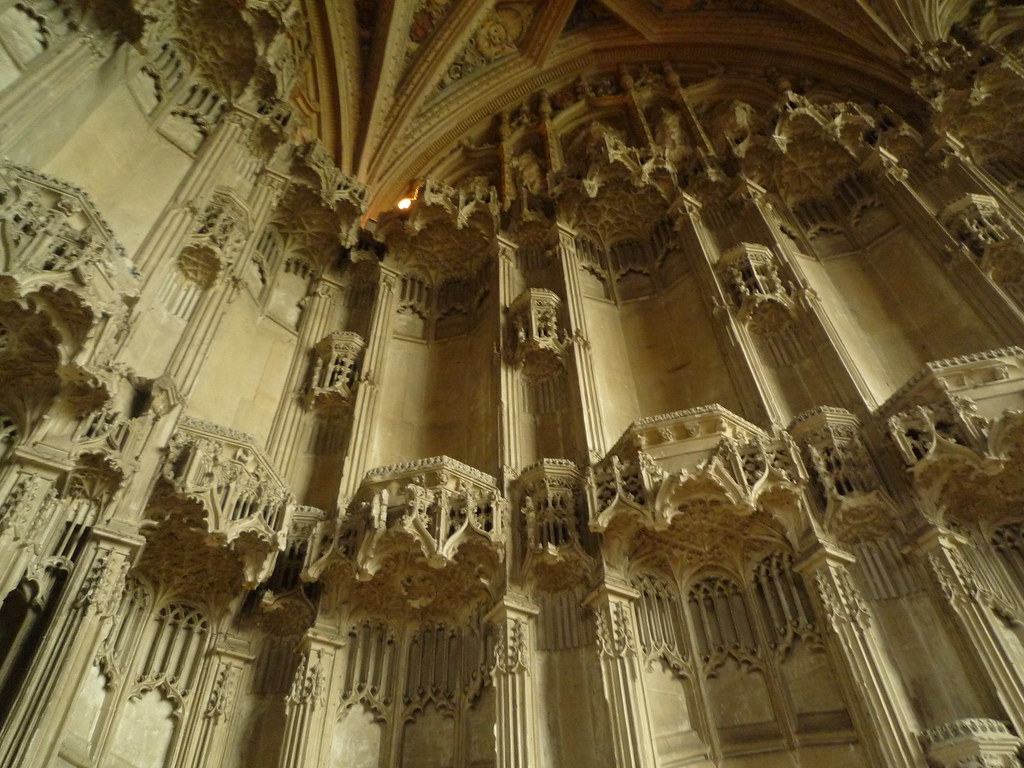
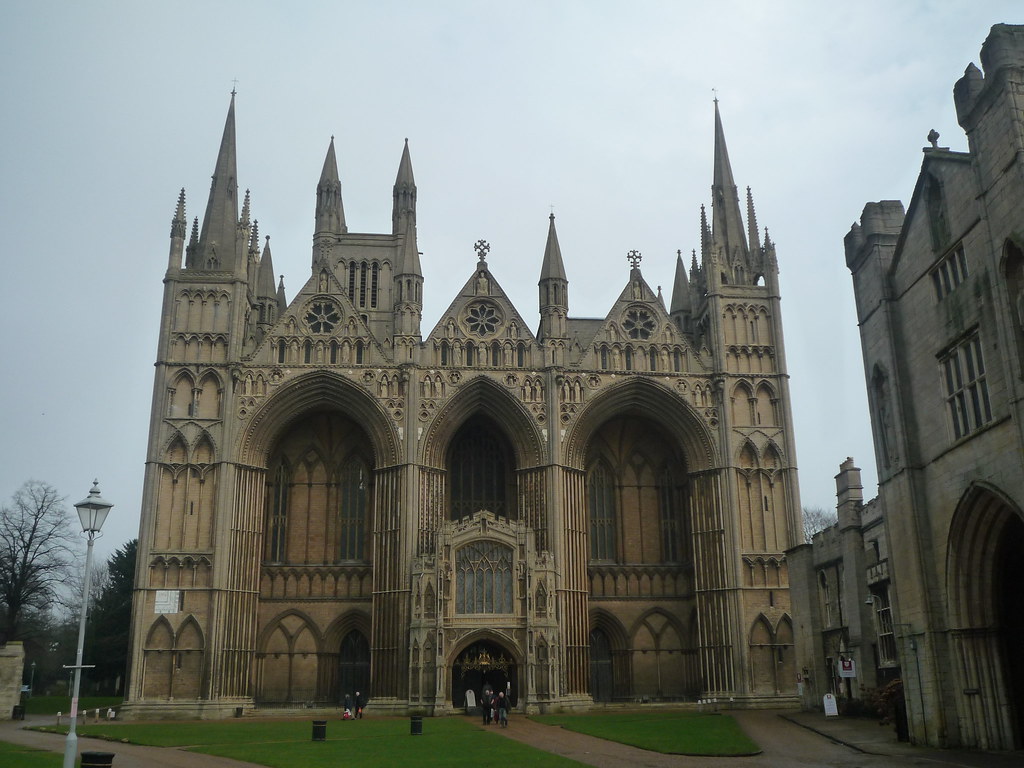
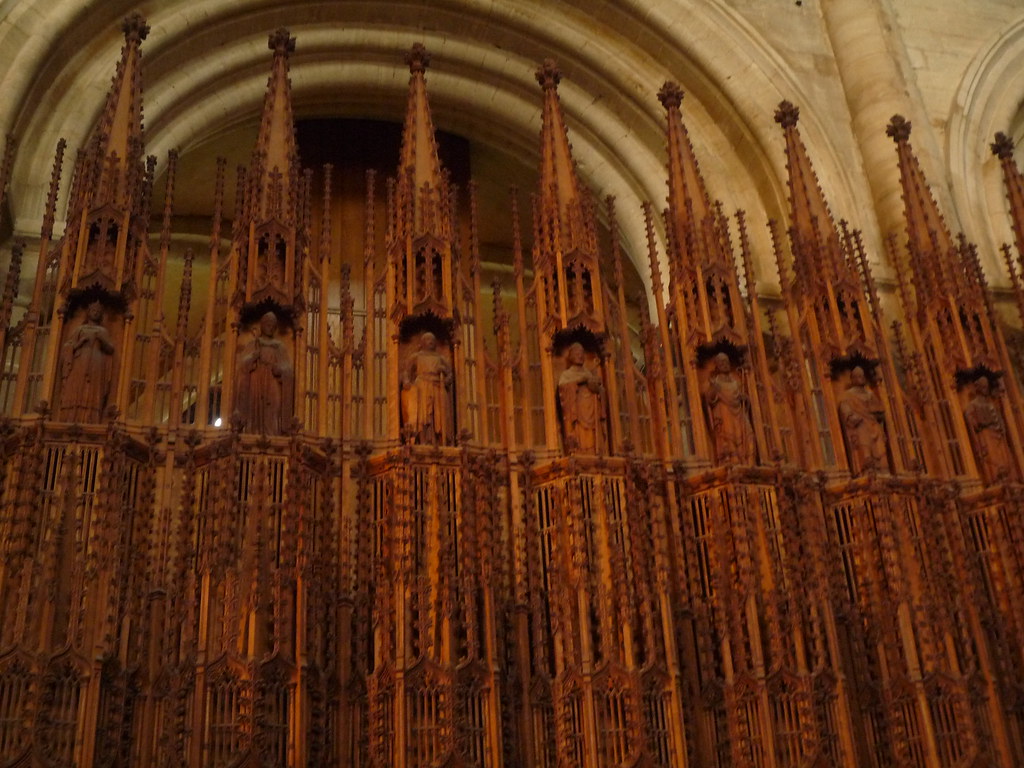
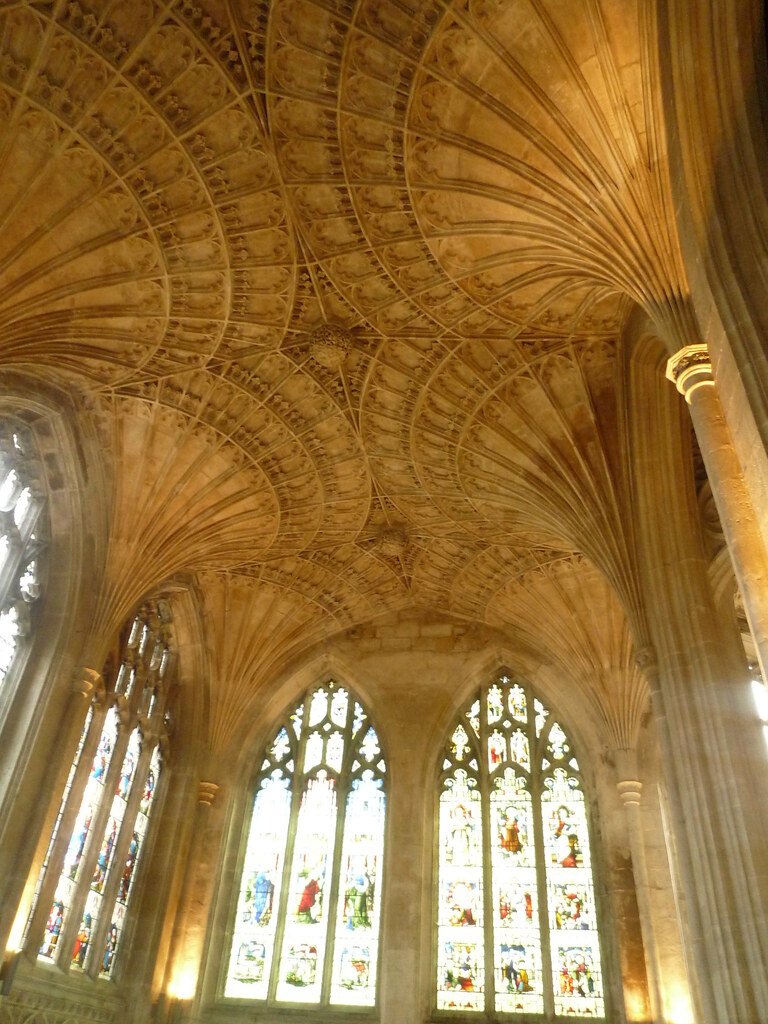
2 comments:
These cathedrals look more massive than ones of similar age I remember seeing in France and Germany. Is that a trick of the photography (or my bad memory), or are they a lot bigger?
The cathedrals we saw in France and Germany were pretty big too. I think the size is pretty comparable. I remember Koln cathedral seeming massive, though it was much later. Of course Notre Dame is huge too, and it was built at the same time. I have a terrible memory for dates, so while it is easy to remember that the Norman cathedrals were built in the hundred or so years after 1066, I don't remember which continental European cathedrals were of a similar age.
Post a Comment